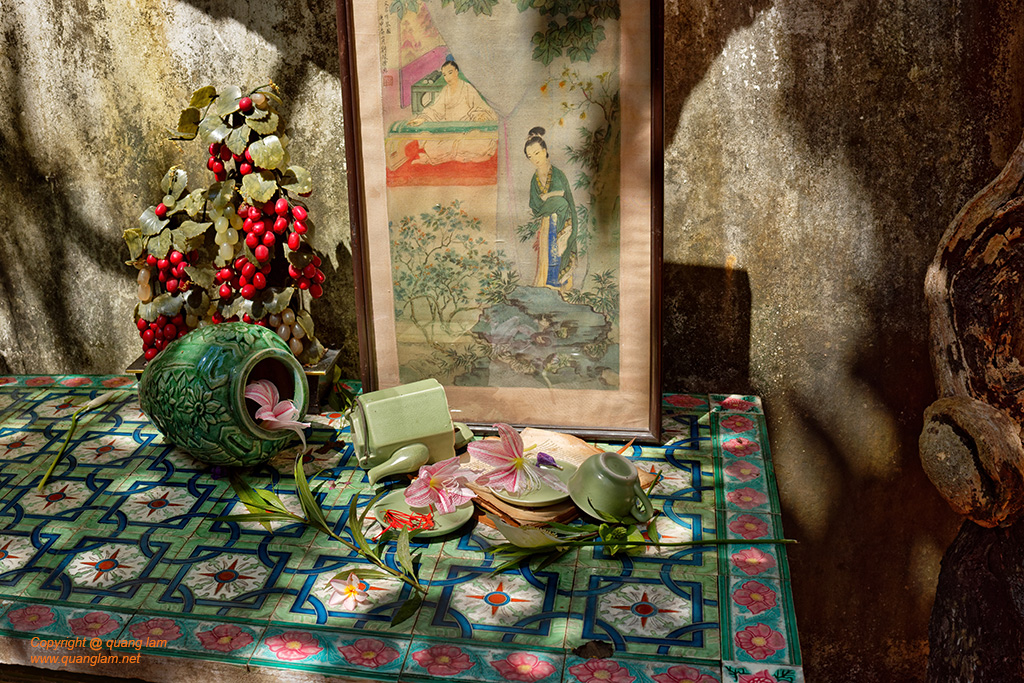Additional information
| Format | |
|---|---|
| Photographer |
$150.00 – $350.00
The Greek etymology of the word Chaos means a fracture or a gap. In mathematics, Chaos Theory studies the behavior of systems that are very sensitive to initial conditions, a phenomenon generally illustrated by “the butterfly effect”.
Because the photographer assisted to a recent destruction of colonial villa in Saigon which has survived for one hundred year of turmoil, this series “Balance of Chaos” is his reaction and his questioning face to these ruins.
This photo shows the influence of our own judgement and psychology, between “Passions and Sorrow”. Our actions are at the end driven by irrational forces.
| Format | |
|---|---|
| Photographer |
Format A3 (30x42cm)
if the artwork is square, it will be 30cm large
Format A2 (42x59cm)
if the artwork is square, it will be 42cm large
Others formats : bigger formats up to 1 meter are available. Please send us a request
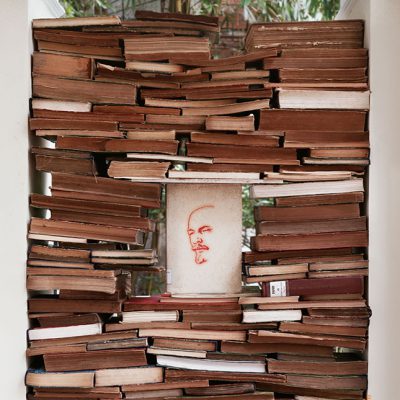
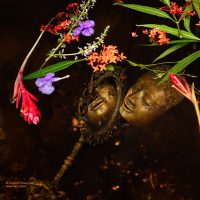
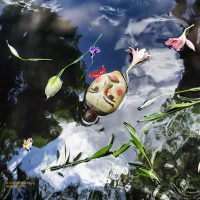
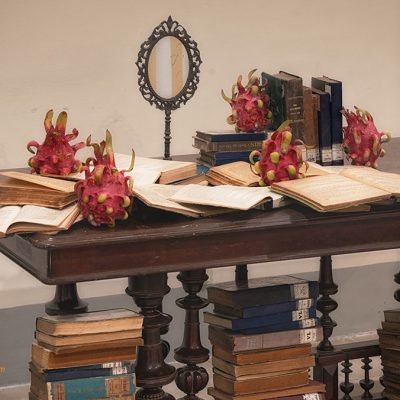
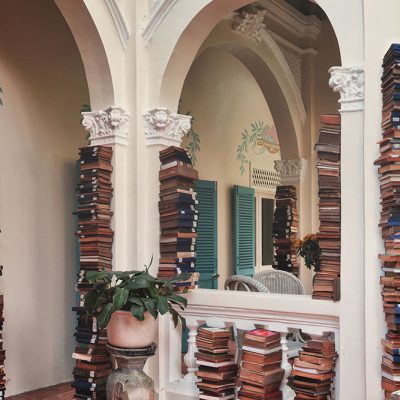

You can see this artwork in the whole context of its series. You also can order the following photos which are at a similar price
The Greek etymology of the word Chaos means a fracture or a gap. In mathematics, Chaos Theory studies the behavior of systems that are very sensitive to initial conditions, a phenomenon generally illustrated by “the butterfly effect”.
This term was used Edward Lorenz, American mathematician and meteorologist to describe the theoretical basis of weather and climate predictability, which is based on this idea that small causes may have large effects in general.
Because the photographer assisted to a recent destruction of colonial villa in Saigon which has survived for one hundred year of turmoil, this series “Balance of Chaos” is his reaction and his questioning face to these ruins.
He uses the concept of a “hidden image”, an image that cannot be seen for some reasons, showing the gaps of our knowledge. All pictures were taken with some elements that were literally in a precarious balance. A single breath could make the set-up to be all upside down.
In the diptych “Hidding holy icon/ Sacred wind and light”, the frame is lying face down because of divine forces that may have shaken the walls to make it fall. It is inspired by the Iconoclastic Controversy, a dispute over the representation of God (icons) in the Byzantine Empire in the 8th and 9th centuries.
The diptych “Opium of the people/ Knowledge” is about Opium trade and wars in China and Indochina which had finally led to upheavals from a feudal society to a Marxist political system. The background of books suggest that Culture may give rise to the revolutions and at the same time powerless to control its violence.
Because we are also under influence of our own judgement and psychology, between “Passions and Sorrow”. Our actions are at the end driven by irrational forces.
Beside rational structures which seem steady, effective randomness in some classical systems, such as the weather, seems a key feature of nature.
Nevertheless Chaos has still predictable laws to be revealed. Paradoxically to be aware of them will prevent Chaos to happen in the best cases, at least to maintain it balanced for our own sake.



